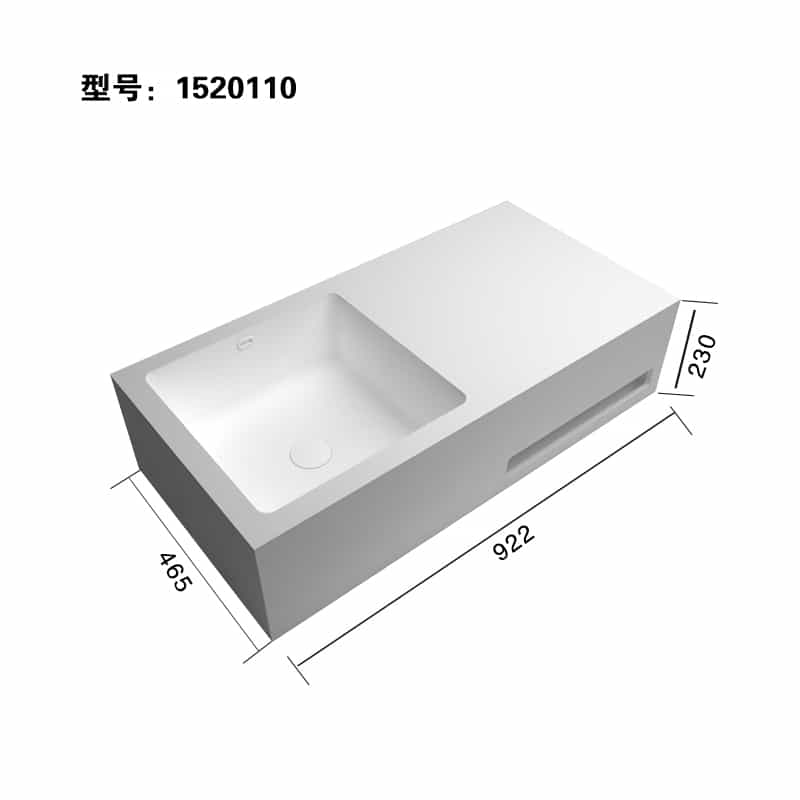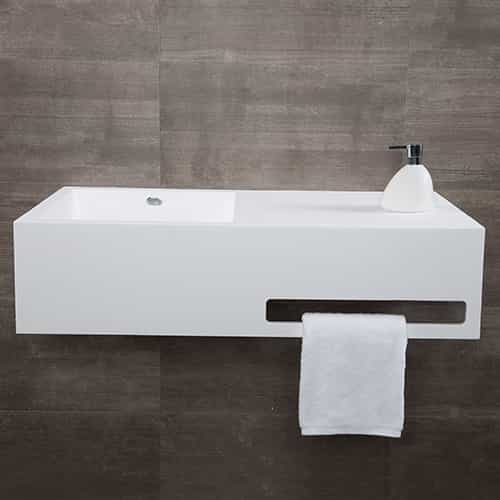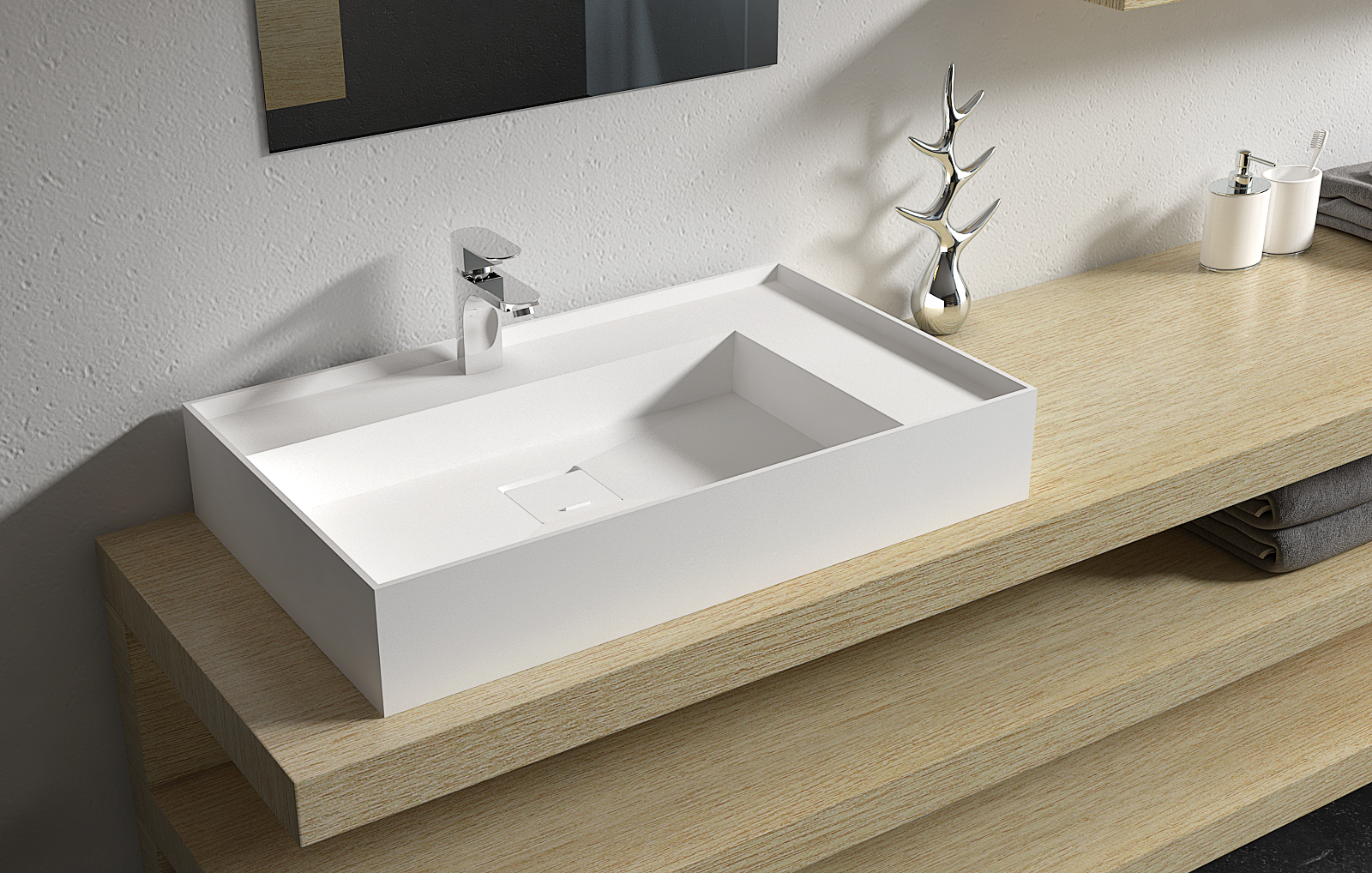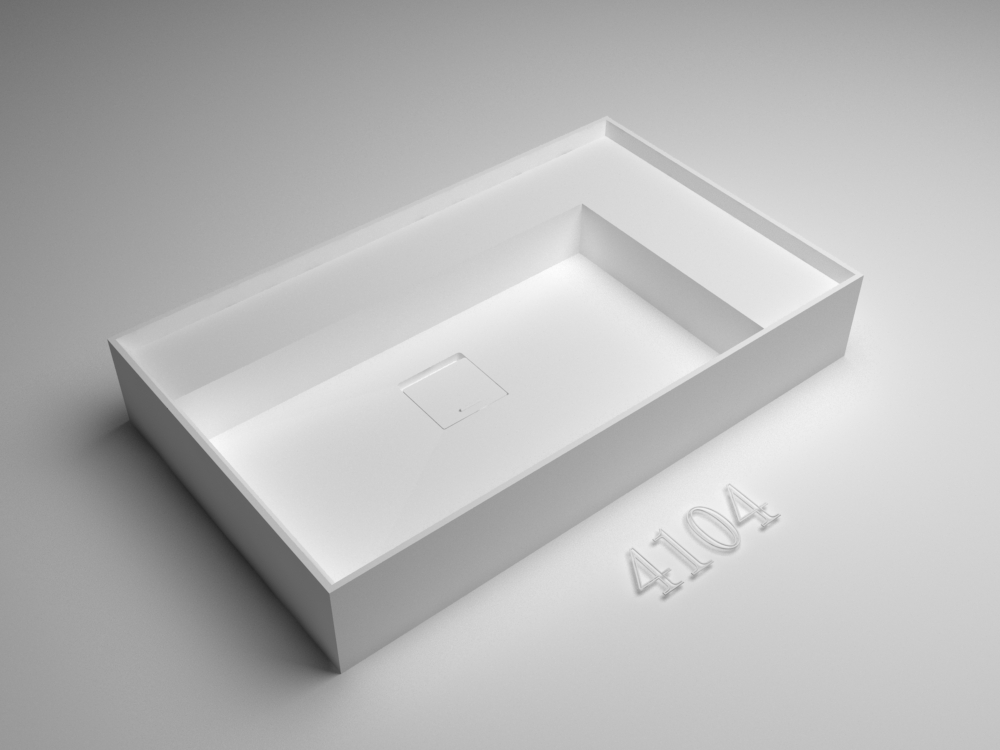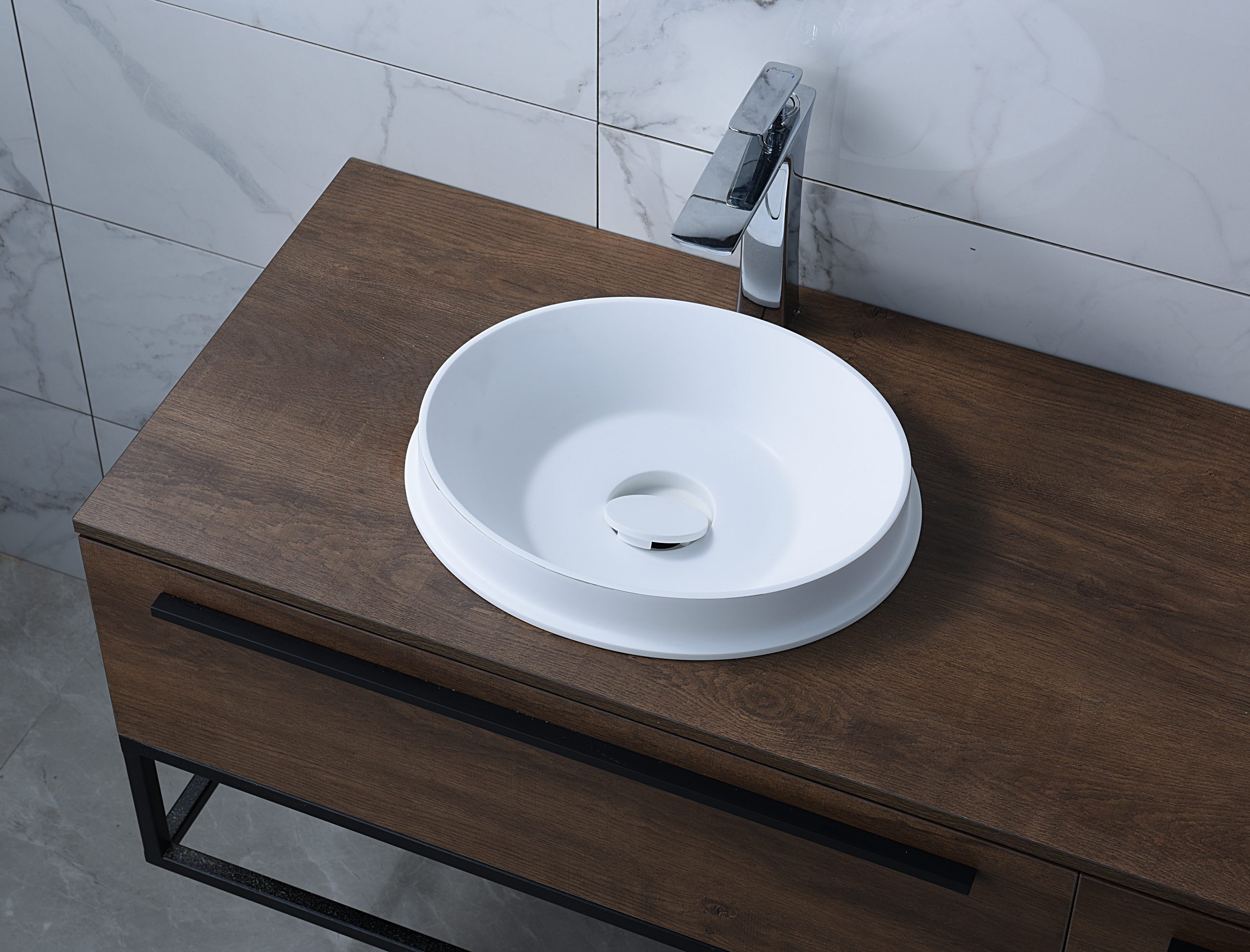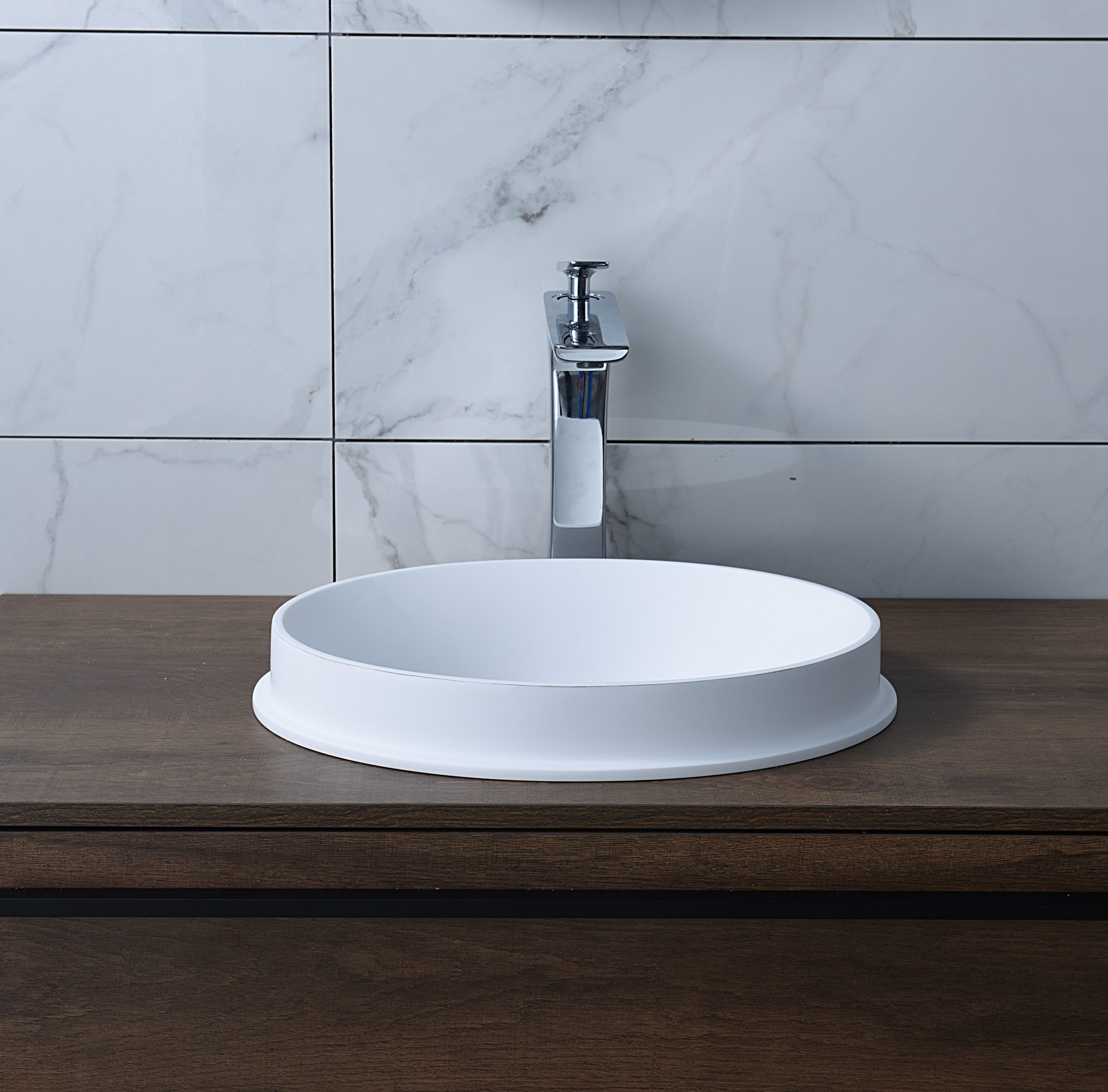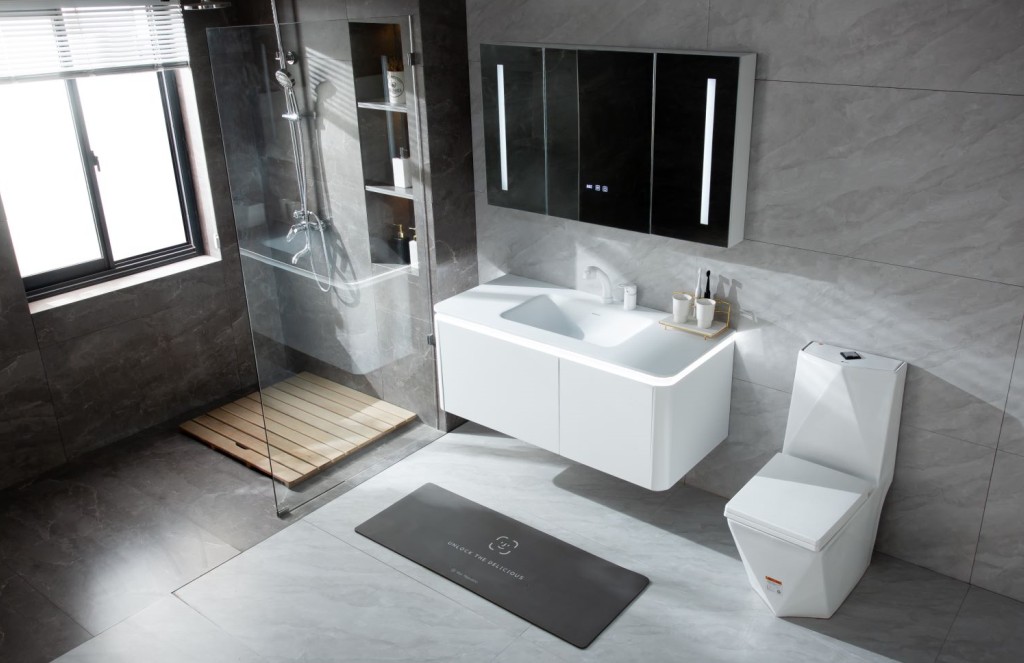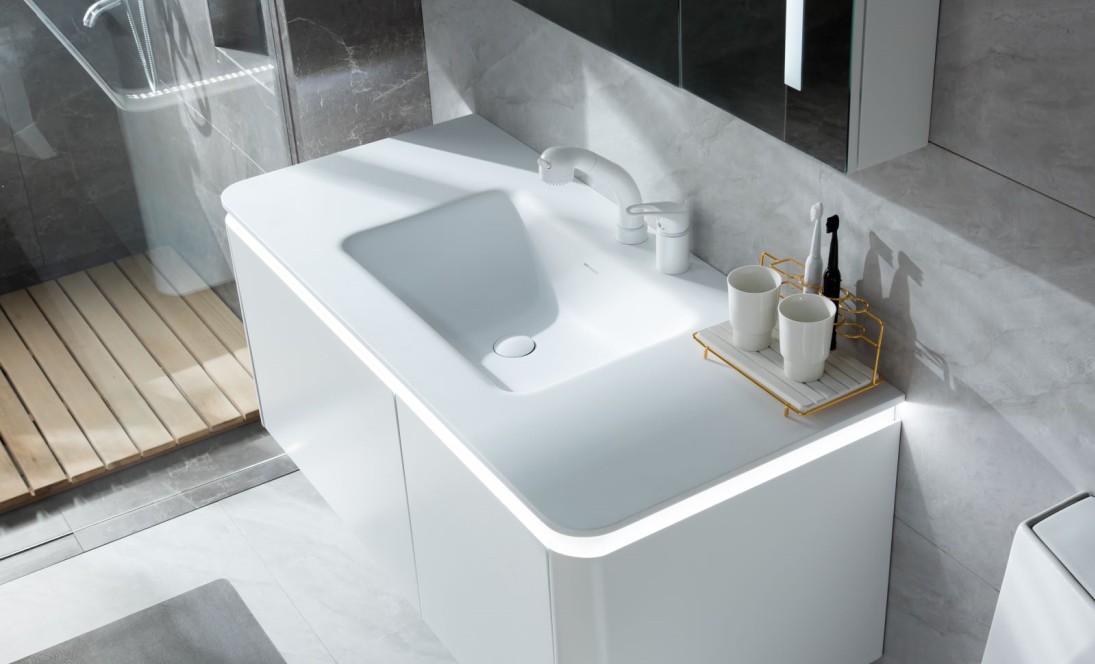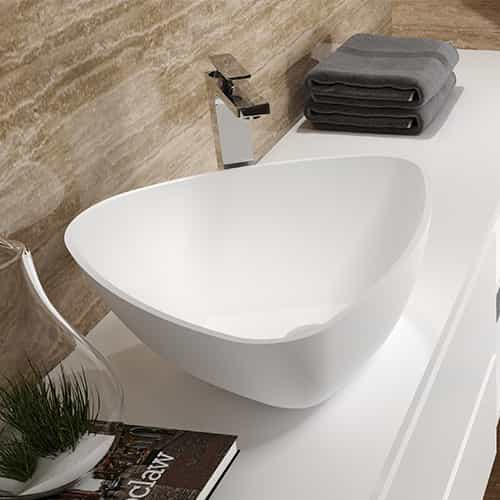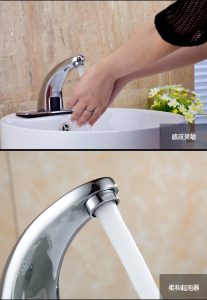
First, how to install the induction faucet
1, before the installation of the induction faucet
Before we install the induction faucet, we must turn off the water source of the water, and ensure that the induction side of the induction faucet is facing down, so as to ensure that the induction faucet can be sensed after the installation. The distance between the induction faucet and the sink basin bottom can not be less than 25cm, because if it is installed too close, it will affect the induction degree and effect of the induction faucet.
2, induction faucet installation
First of all, we will take out the tap of the induction faucet, the thread of the water on the tap body of the induction faucet, wrap it with raw material belt or anti-leakage glue, and then screw the induction faucet into the pipeline that we need to install, and then fix it. Then we will open the box cover of the battery in the prominent part of the top cover of the induction faucet, you can pull out the battery box of the induction faucet, and then according to the positive and negative electrodes of the battery above, put a new No. 3 battery, this time the induction light of the induction faucet will reflect, and wait until the induction light above the induction faucet stops flashing. The battery box is covered so that the installation of the sensor faucet can be considered complete. After the installation of the induction faucet, we can turn on the switch of the water inlet valve, and then through the experiment to see whether the induction faucet can work normally, so that we can know whether the installation of the induction faucet is completed.
When we put our hands under the sensor faucet, the sensor faucet can automatically water, and when we take our hands away, the sensor faucet will not water, such use in addition to convenience is very good, but also has a very good water-saving performance, because the sensor faucet will not always water. There will be no phenomenon of water all the time because you forget to turn off the tap, and there will be no waste of water.
Second, what kinds of induction faucets are there
1, infrared sensor faucet: infrared sensor faucet is divided into integrated automatic sensor faucet and fractional automatic sensor faucet two kinds. The main difference is that the integrated automatic sensing faucet control part is all concentrated in one faucet body, without installing a split control box. Integrated is also divided into single cold type and hot and cold water type. The former is only out of cold water. The latter is a mixture of hot and cold water, without the need to install hot and cold water mixing valves like split induction faucets. Just connect the cold water and hot water directly, and use the cold and hot temperature control valve on the faucet body to adjust the water temperature. The relative advantages are small size, powerful function and easy installation.
2, touch automatic sensing faucet: only the human body gently touch the faucet body, can achieve the effect of automatic sensing water, the product does not need to install induction eye. It uses close touch chip technology. This product is mainly used in bowl cleaning utensils. However, the product technology is not perfect, and there are often false induction.
3. In addition, there are light-controlled automatic induction technology, human body induction technology and so on.
4, according to the different functions of the use of the product, the ordinary induction faucet is the hand to water, and the water stops after the hand leaves. The induction faucet for medical and kitchen uses secondary induction technology, which uses the hand induction once water, and the hand induction can stop the water again. Meet the shortcomings of needing a lot of water at one time without the human hand waiting all the time.
It can be seen that the sensor faucet is mainly divided into infrared sensor faucet, touch automatic sensor faucet, etc. The sensor faucet needs to be installed before use, and the installation process needs to pay attention to steps to avoid wrong operation.







